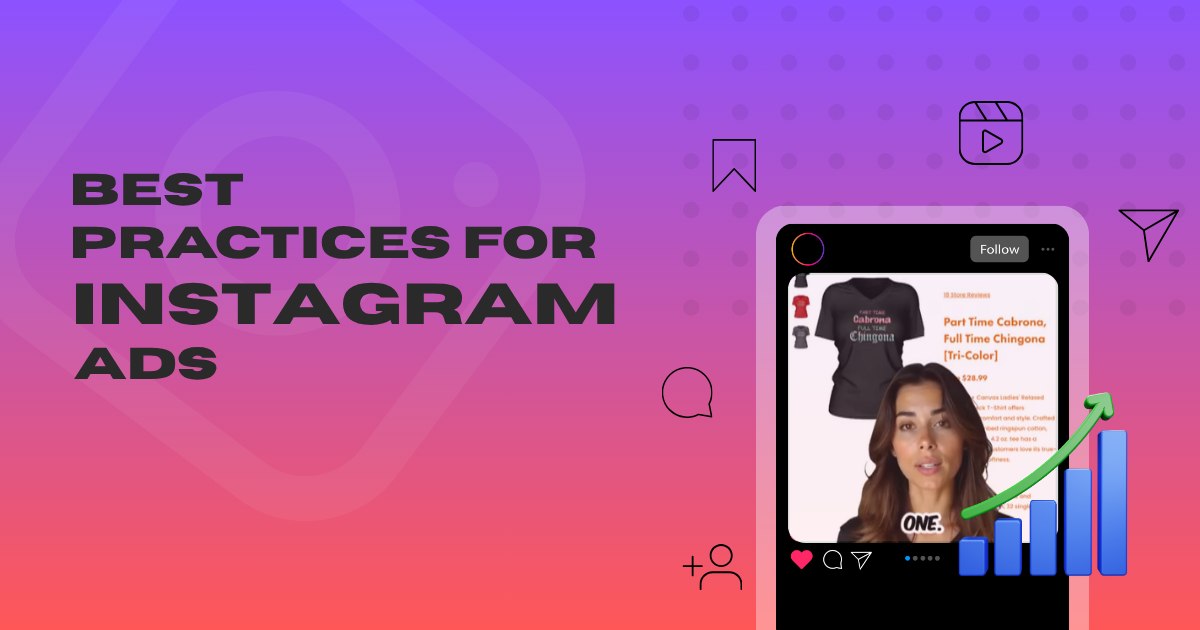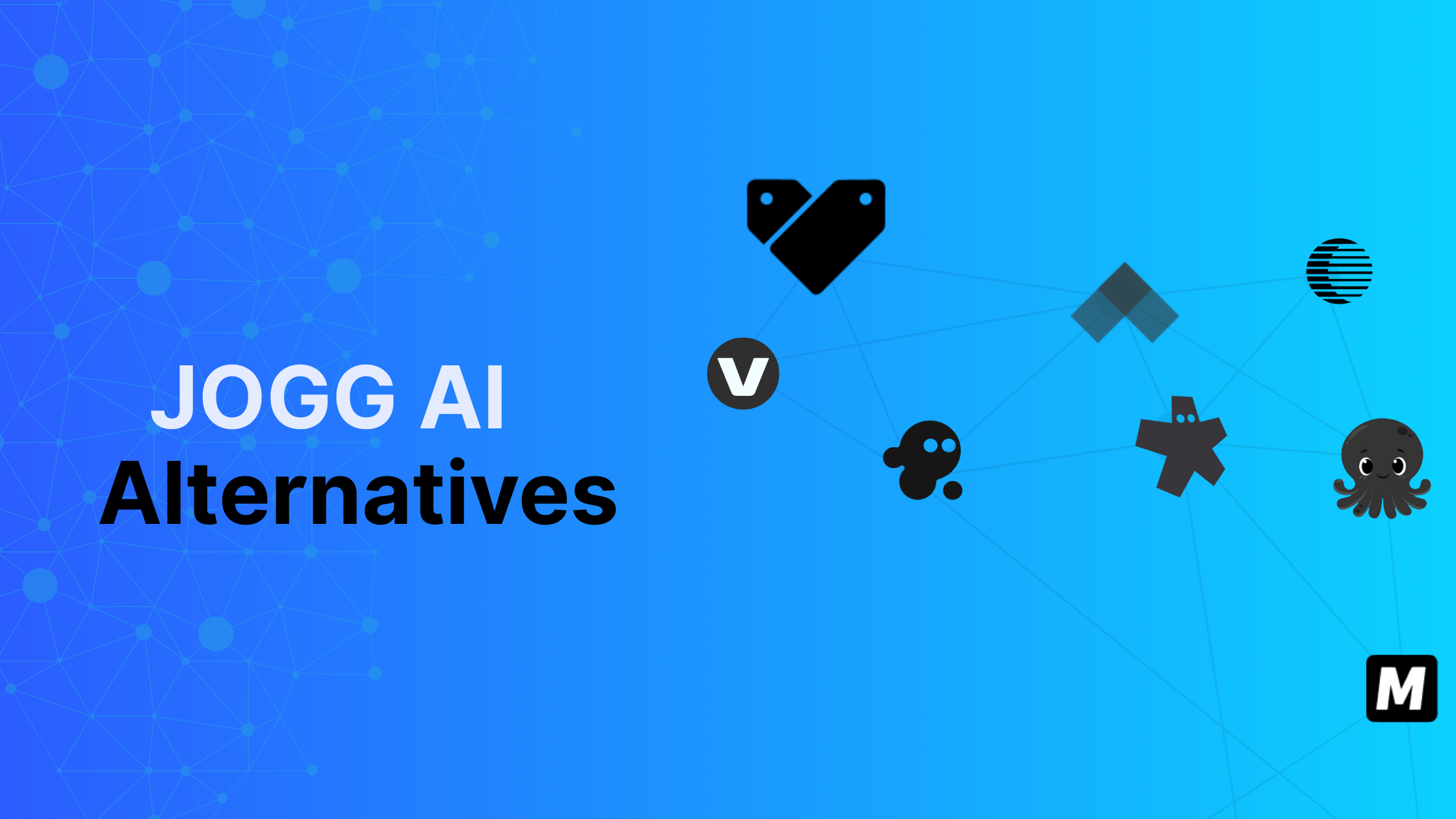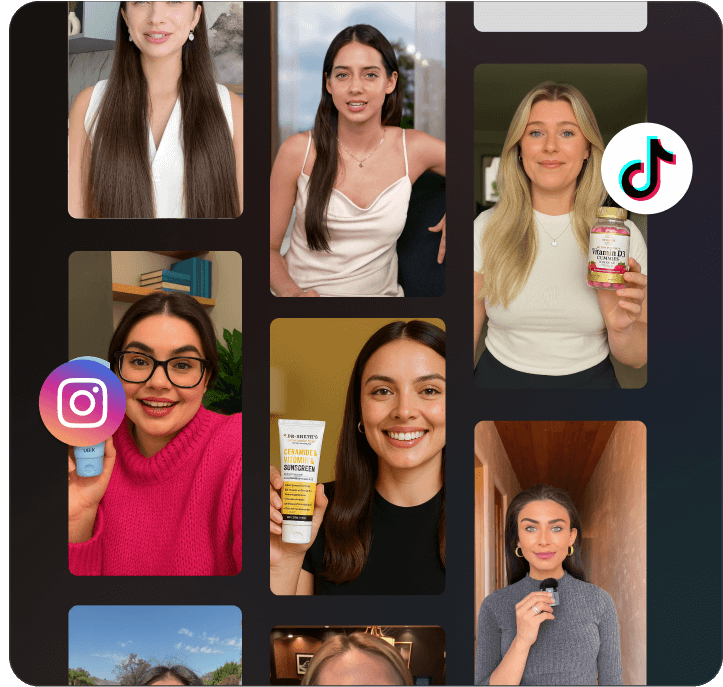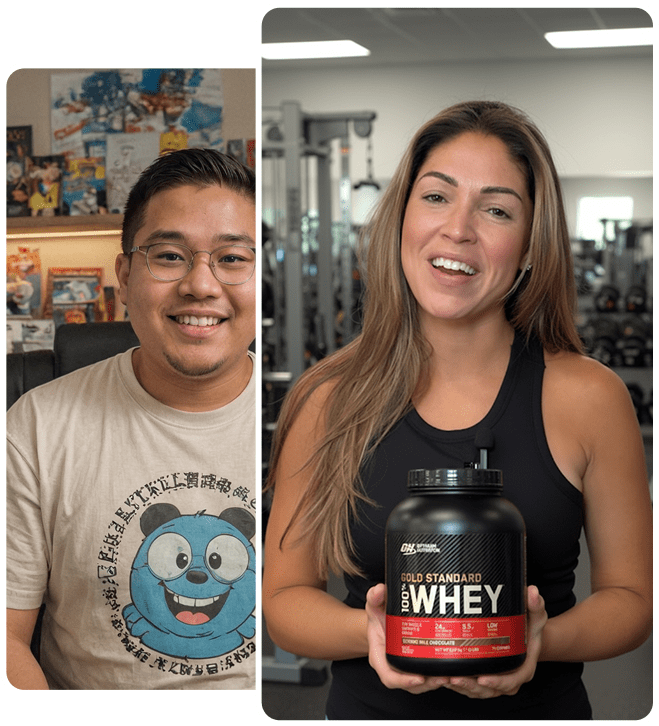Instagram Ads Best Practices to Boost ROI in 2026
Imagine you’re chilling on your couch, scrolling through Instagram, and an ad hits so hard that you stop dead in your tracks. How about making such ads for your brand? With two billion-plus users flipping through feeds, Stories, and Reels, Instagram’s a total hotspot for brands, marketers, or creators like you trying to make bank.
But let’s not kid ourselves, catching attention is like the Memphis Grizzlies winning the Championship trophy, not impossible, but not easy either. This guide spills all the tea on Instagram advertising best practices to make ads pop, drive clicks, and stack up serious return on investment (ROI).
Why Instagram Ads Are Still the MVP in 2026
There are various reasons why Instagram Ads are still the MVP in 2026, as the list of benefits they carry is long, but here are some handful ones:
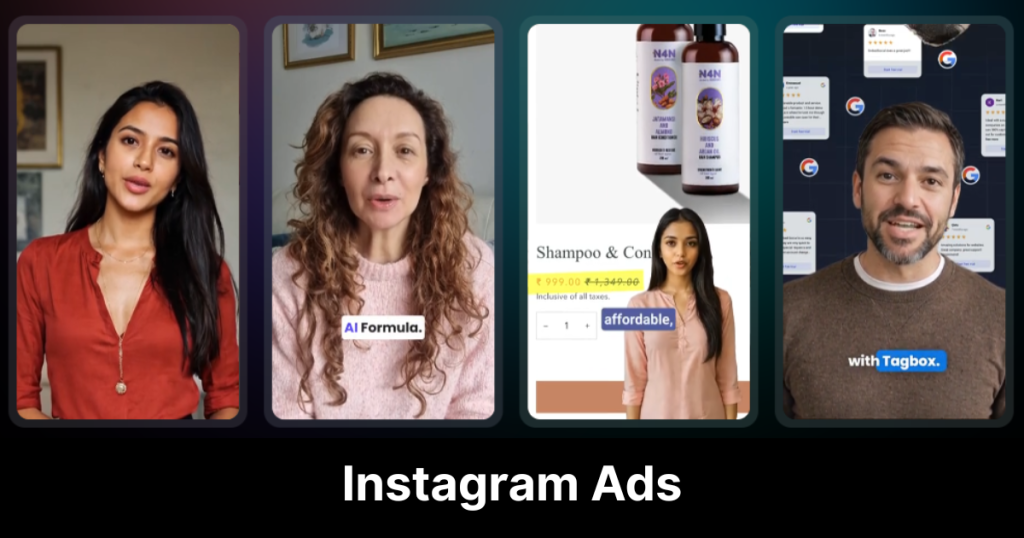
1. Provides Audience Reach and Engagement
Instagram has a great user base, which is one of the largest social media platforms globally. Its diverse user base spans generations, from Gen Z to Millennials and even older demographics, allowing brands to reach virtually any target audience.
The platform’s highly visual nature drives exceptional engagement, with users spending significant time interacting with Stories, Reels, and posts. Instagram Ads, seamlessly integrated into these formats, capture attention without disrupting the user experience, ensuring higher click-through rates and conversions.
2. Advanced Targeting Precision
Instagram’s advertising platform uses Meta’s sophisticated algorithms, enabling brands to target audiences with pinpoint accuracy. From demographic filters like age, location, and interests to behavioral targeting based on user activity, Instagram Ads allow businesses to reach the right people at the right time.
3. Versatile Ad Formats for Every Goal
Instagram offers a variety of ad formats like Stories, Reels, Carousel Ads, Shop Ads, and more. Each format is tailored to different marketing objectives. Whether you’re aiming to boost brand awareness with eye-catching Reels, drive traffic with link-focused Stories, or increase sales through Shop Ads, there’s a format to suit your needs.
4. Seamless E-Commerce Integration
With the rise of social commerce, Instagram’s shopping features have become a game-changer for businesses. Instagram Ads in 2026 will integrate directly with Shopify and other e-commerce platforms, allowing brands to create shoppable ads that streamline the customer journey from discovery to purchase.
5. Cost-Effective Performance and High ROI
Instagram Ads remain a cost-effective advertising solution, offering flexible budgeting options for businesses of all sizes. Whether you’re a small startup or a global brand, you can set daily or lifetime budgets to suit your goals.
The platform’s performance analytics provide detailed insights into ad performance, enabling real-time optimization to maximize return on investment.
6. Creative Flexibility and Brand Storytelling
Instagram’s visual-first platform is perfect for brands to showcase their creativity and build authentic connections with their audience. From stunning visuals to compelling video content, Instagram Ads allow businesses to tell their story in a way that resonates.
Know the Instagram Ad Scene Like the Back of Your Hand
Before deciding on the campaign and starting to work on it, it is important to know about the different ad formats for Instagram, making it one of instagram advertising best practices. Each format has its own flavor.
Types Of Instagram Ads
- Feed Ads: These pop up while folks scroll their main feed, great for showing off products or spinning a quick story.
- Stories Ads: Full-screen, in-your-face, and gone in 24 hours, perfect for snappy, bold messages.
- Reels Ads: It is not a hidden fact that Instagram Reels have the capability to gather more engagement. Reels ads are short, catchy videos that blend right into organic Reels like they belong there.
- Explore Ads: Catch people when they’re poking around for new stuff in discovery mode.
- Carousel Ads: Swipeable posts with multiple pics or videos, awesome for telling a longer tale.
- Collection Ads: Built for shopping, letting users browse a product catalog without leaving the ad.
You might be wondering, how’s Instagram different from Facebook ads? Instagram’s all about eye-candy, bite-sized content, while Facebook’s more about chats and community. Both use Meta Ads Manager, but Instagram’s gotta have that visual wow-factor to shine. Alongside that, they both differ from each other in the following ways.
| Aspect | Facebook Ads | Instagram Ads |
| Content Focus | Supports text-heavy content, shareable posts, blogs, and case studies. Clickable links in captions. | Visual-first (images, videos), emphasizes high-quality visuals. No clickable links in captions, relies on CTA buttons. |
| Ad Format | Image, video, carousel, collection, slideshow, Messenger ads, in-stream video ads. | Image, video, carousel, collection, Stories, Shopping, Explore ads. Focus on visual formats. |
| Ad Placements | News Feed, right column, Marketplace, video feed, Messenger, Audience Network. | Feed, Stories, Explore, Reels. Streamlined, visual-focused placements. |
| User behavior | Interaction with friends/family, sharing links, and engaging with informative content. | Visual browsing, high engagement with images/videos, and less clicking. |
| Best Use Case | B2B, services, lower-funnel goals (purchases, sign-ups). | E-commerce, visual products (fashion, food), upper-funnel goals (brand awareness). |
Define a Clear Objective
A solid campaign starts with knowing what it’s chasing. Is it about getting the brand noticed, sending folks to a website, or racking up sales?
The goal is to pick the ad format, creative, and budget. Before you adopt Instagram advertising best practices for your marketing, it is important to have objectives. Here’s the breakdown:
- Awareness: Reels or Stories with in-your-face visuals grab eyeballs fast.
- Consideration: Carousel ads work for showing off product perks or sharing a brand’s vibe.
- Conversion: Collection ads or Shopping ads with killer calls-to-action (CTAs) push people to buy.
Pick measurable key performance indicators (KPIs) like click-through rate (CTR), return on ad spend (ROAS), or engagement rate (likes, comments, shares). Clear goals keep things tight and make it easy to see what’s working.
Setting Measurable KPIs
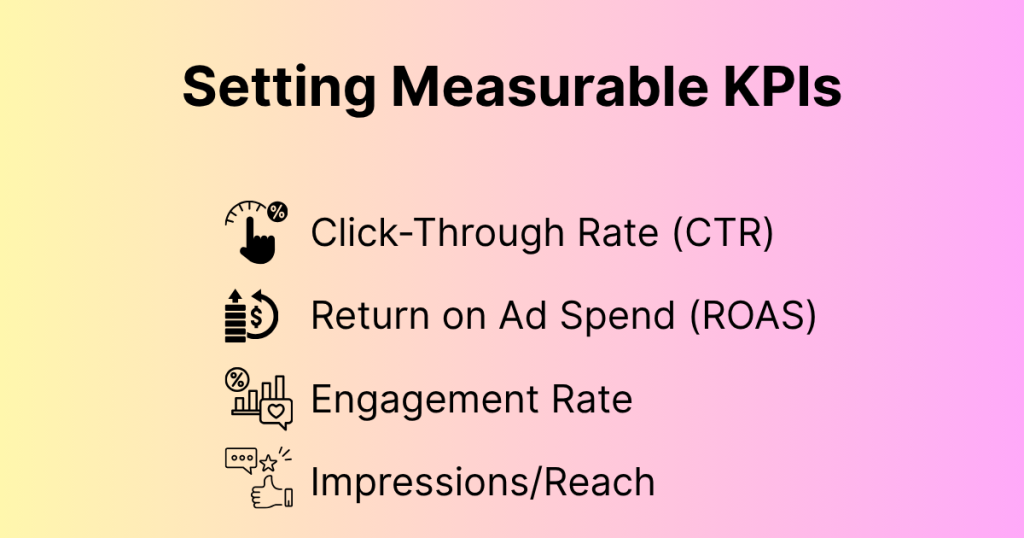
To evaluate the success of your Instagram ads and ensure they align with your intent, set specific, measurable Key Performance Indicators (KPIs) like Click-Through Rate (CTR), Return on Ad Spend (ROAS), Engagement Rate, and others relevant to your goals.
1. Click-Through Rate (CTR)
Use industry benchmarks as a guide for Instagram advertising. Set a target CTR based on your campaign goal (e.g., 1.5% for Traffic campaigns). Track CTR in Instagram Ads Manager under campaign analytics.
It is critical for traffic and conversion campaigns, as it tracks how effectively your ad drives users to a website, landing page, or product page.
2. Return on Ad Spend (ROAS)
Set a target ROAS based on your business model (e.g., 4:1, meaning $4 revenue for every $1 spent). Track ROAS in Ads Manager by linking conversions to your e-commerce platform or pixel tracking for website purchases.
It is essential for Conversion campaigns, as it measures the financial return from purchases or sign-ups driven by your ads.
3. Engagement Rate
Aim for an Engagement Rate based on industry averages (e.g., 1–5% for Instagram ads). Monitor likes, comments, shares, and saves in Ads Manager to assess performance.
It is the key for Engagement campaigns for Instagram advertising, as it tracks how well your ad resonates with users and encourages interaction.
4. Impressions/Reach (for Brand Awareness)
Set a target based on campaign scale (e.g., 10,000 impressions for a local campaign). Track in Ads Manager under campaign metrics. It is vital for Brand Awareness campaigns, as they track how many users see your ad.
Make Creatives That Stop Scrolls in Their Tracks
The heart of best practices for instagram ads is the creative. With users zooming past content, ads need to scream, “Look at me!” Here’s how to nail it:
- Eye-Popping Visuals: Bright colors, bold vibes, and real-life moments beat stuffy, corporate looks. Think a barista pouring latte art, not a stock photo. Keep in mind that grabbing the attention of viewers should be first on your list. They will scroll away from your ad if they find it dull.
- Video vs. Image Ads: Videos are running the show in 2026, especially Reels engagement is through the roof. Considering the engagement it receives, the Instagram reel should be a top priority. If you find it difficult to write a script and perform on reel, then you have tools like Tagshop AI. Tagshop writes the script for you, and with its avatar, it creates a video for you. It is easy to use and provides great results. But if you want to use images, then go for Carousel ads. With killer image Carousel ads, you can still tell a dope story.
- User-Generated Content (UGC): Real people using products feel like a friend’s recommendation. However, it can be difficult to gather such videos; hence, you have Tagshop. Tagshop AI provides you to create user-generated content with realistic AI avatars. All you need to do is provide it with a script, and it will generate a video on its own. If that feels like a task, then just provide prompts or paste a product link; Tagshop will generate a script and video on its own.
- AI-Generated Content: AI is churning out slick visuals and videos in 2026. It’s great for quick tests, but don’t let it look too robot-perfect; keep it human.
- Silent Viewing Tricks: Most folks watch Stories and Reels on mute. Throw in captions, punchy text overlays, or animated graphics to land the message.
No cookie-cutter approach here; it is one of the effective Instagram advertising best practices. A skincare brand’s glowy aesthetic might flop for a gaming company. Keep messing around to find the right fit.
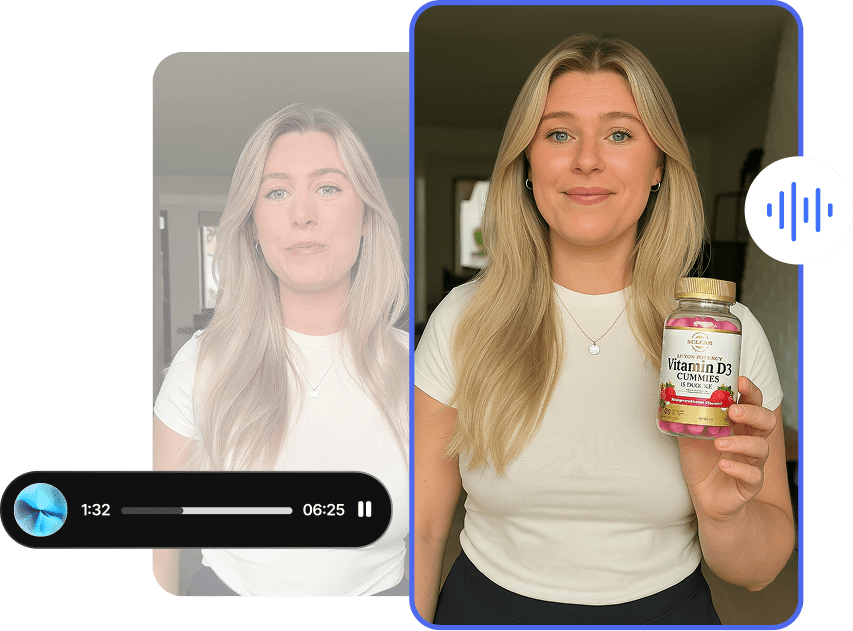
Write Ad Copy That Catches Attention
Visuals hook ‘em, but copy seals the deal. Here’s the game plan:
- Short and Snappy: Phone scrollers want quick hits, 10-20 words max for Stories or Reels.
- Bold CTAs: Tell people what to do, “Shop Now,” “Check It Out,” or for Reels, something fun like “Tap for a Game-Changer!”
- A/B Test Like a Boss: Try different vibes, cheeky, straight-up, or chill. Meta Ads Manager makes it easy to see what clicks.
One of the slickest Instagram advertising tips? Write like it’s a text to a pal, real, punchy, and no fluff.
Target Like a Sniper
Instagram’s targeting, powered by Meta’s AI, is straight-up wizardry. Here’s how to make it work:
- Custom Audiences: Upload an email list or hit up website visitors to reconnect with folks who already know the brand.
- Lookalike Audiences: Meta finds people who act like the best customers, scaling reach like nobody’s business.
- Interest Targeting: Pick interests that vibe with the brand, but don’t go too wide. A niche is where it’s at.
- AI-Powered Segmentation: Meta Advantage+ in 2026 auto-tweaks audiences. It’s a lifesaver when the target’s fuzzy.
- Retargeting: Show ads to people who checked out a site, added to cart, or liked a post. They’re already halfway hooked.
Start with a couple of targeting options, then let the data point the way.
Hashtags & Tags: The Extra Spice

Hashtags are the backbone of the platform and provide a boost to the posts. Using hashtags, audiences can find your content, and your content can reach target audiences. It provides an umbrella for specific content, making it easy for the audience. Hashtags and tags aren’t just for organic posts; they give ads a boost, if used correctly, and here is how you can implement them:
- Clever Hashtags: Add 3-5 on-point hashtags to Reels ads for more eyes. A coffee brand could use #MorningVibes or #CaffeineFix.
- Shopping Tags: Selling stuff? Tag products in ads. Collection ads make it dead simple to shop.
- Creator Collabs: Tag influencers in ads for trust and a shot at their audience.
Impressive Landing Pages
An ad can be fire, but a janky landing page kills the vibe. Here’s what to nail:
- Mobile-Ready: Most clicks come from phones, so pages gotta load fast and feel smooth.
- Keep It Consistent: The ad’s colors, tone, and deal should match the landing page. No one likes a bait-and-switch.
- Speed and Clarity: Slow or messy pages chase people away. Google PageSpeed Insights can spot weak spots.
Keep in mind that if audiences like your content, it is more likely they will click to visit your website. And, as your landing page is, accordingly, they will form an opinion about your brand. A clean landing page turns clicks into customers.
Track, Tweak, Win

No data, no wins. Meta Ads Manager, Google Analytics 4 (GA4), show what’s popping. Metrics to watch:
- Impressions: How many eyeballs hit the ad? Keep a check if your content has made the impact that you were aiming for, and analyse the reach of your ads.
- Engagement Rate: Likes, comments, shares, and saves show what’s vibing. Track the engagement rate to identify the performance of your ad. More engagement means better performance.
- Add-to-Cart or Purchases: The cash cows for e-commerce. Keep in mind that your goal should be to get more sales.
- CTR and ROAS: CTR and ROAS should be among your top measures to determine success. If something is not working for you, make changes. These spill if the ad’s driving clicks and cash.
Got numbers? Double down on the good stuff. Reels ad bombing? Switch the hook. Clicks but no sales? Fix the landing page. Keep tinkering. It can also help you in making instagram advertising best practices for the future.
Pro Tips & Fails to Dodge
Some Instagram ads best practices to keep in the toolbox:
- Don’t Overdo Text: Too much text on visuals gets the side-eye from Instagram. Keep it under 20% of the image. To stay compliant, use minimal text on your ad visuals, such as a short headline, a single call-to-action (e.g., “Shop Now”), or a key phrase that grabs attention. Place text strategically, think corners or edges, so it complements the image rather than dominates it.
- Test Everything: Don’t bet on one format or audience. Small tests find the gems. Run small-scale experiments with different elements of your campaign, try variations in visuals (e.g., product-focused vs. lifestyle images), ad formats (e.g., carousel vs. single image), copy (e.g., short vs. detailed captions), or audience segments (e.g., age groups or interests).
Use Instagram’s Ads Manager to set up A/B tests with controlled budgets to compare performance metrics like click-through rates, impressions, or conversions. Analyze the results to identify the “gems,” the combinations that drive the best results, and then allocate more budget to those winners. - Avoid Ad Burnout: Same ad on repeat? Users ghost it. Swap creatives to keep things fresh. Showing the same ad repeatedly causes “ad burnout,” where your audience grows tired of seeing it, leading to decreased engagement, lower click-through rates, and users potentially hiding or ignoring your content. To prevent this, regularly refresh your ad creatives by swapping out images, videos, or copy every 7–14 days to maintain user interest.
Big mistakes? Ignoring data, using basic visuals, or targeting the whole planet. Stay focused.
What’s Coming in 2026 and Beyond
Instagram advertising is moving at light speed. Here’s the next wave:
- AI Creatives: Meta Advantage+ Creative pumps out visuals and captions that hit. Brands are eating it up.
- Auto-Optimization: Advantage+ tweaks budgets and audiences on the fly, making big campaigns a breeze.
- Threads and DM Ads: Threads are blowing up, and DM ads are a sneaky way to start chats.
The competition in the market is fierce, and Instagram has emerged as a prominent tool for marketers. To stay ahead of the curve, it is important to know the trend and jump on it before everyone else does.
Wrapping It Up
Nailing Instagram advertising best practices in 2026 is about mixing killer visuals, smart targeting, and constant tweaks. Set clear goals, make content that feels like it belongs on the platform, and let data steer the ship. Instagram users want fun, real, engaging stuff, not pushy sales vibes. Keep testing, stay curious, and watch ROI skyrocket.
Frequently Asked Questions
Create bold visuals, snappy copy, and laser-focused targeting. Optimize landing pages, test formats, and track CTR and ROAS to boost results. Using the best practices, you can not only capture audiences but also have conversions.
Set clear goals, use eye-catching creatives, leverage Meta’s targeting tools, and analyze data to refine. Match ads to what users want for max impact.
Blend vibrant visuals, hashtags, and AI targeting. Reels and Stories drive engagement; UGC adds realness to connect with users authentically.
Reels and Stories lead for engagement, Collection ads shine for shopping, Carousel ads tell stories, and Explore ads hit discovery.
Optimize creatives for mobile, retarget warm leads, test copy, and use fast, consistent landing pages to turn clicks into conversions.
Short videos with captions, bold visuals, and trending audio. UGC or AI content keeps it real, grabs attention fast.
Skip text-heavy visuals, broad targeting, or ignoring data. Refresh ads to avoid burnout and optimize landing pages for mobile.
UGC builds trust and feels authentic. AI content scales fast but needs human vibes to avoid looking robotic or sterile.
Use bright visuals, snappy copy, and strong CTAs. Reels, hashtags, and influencer tags boost reach and engagement big-time.

